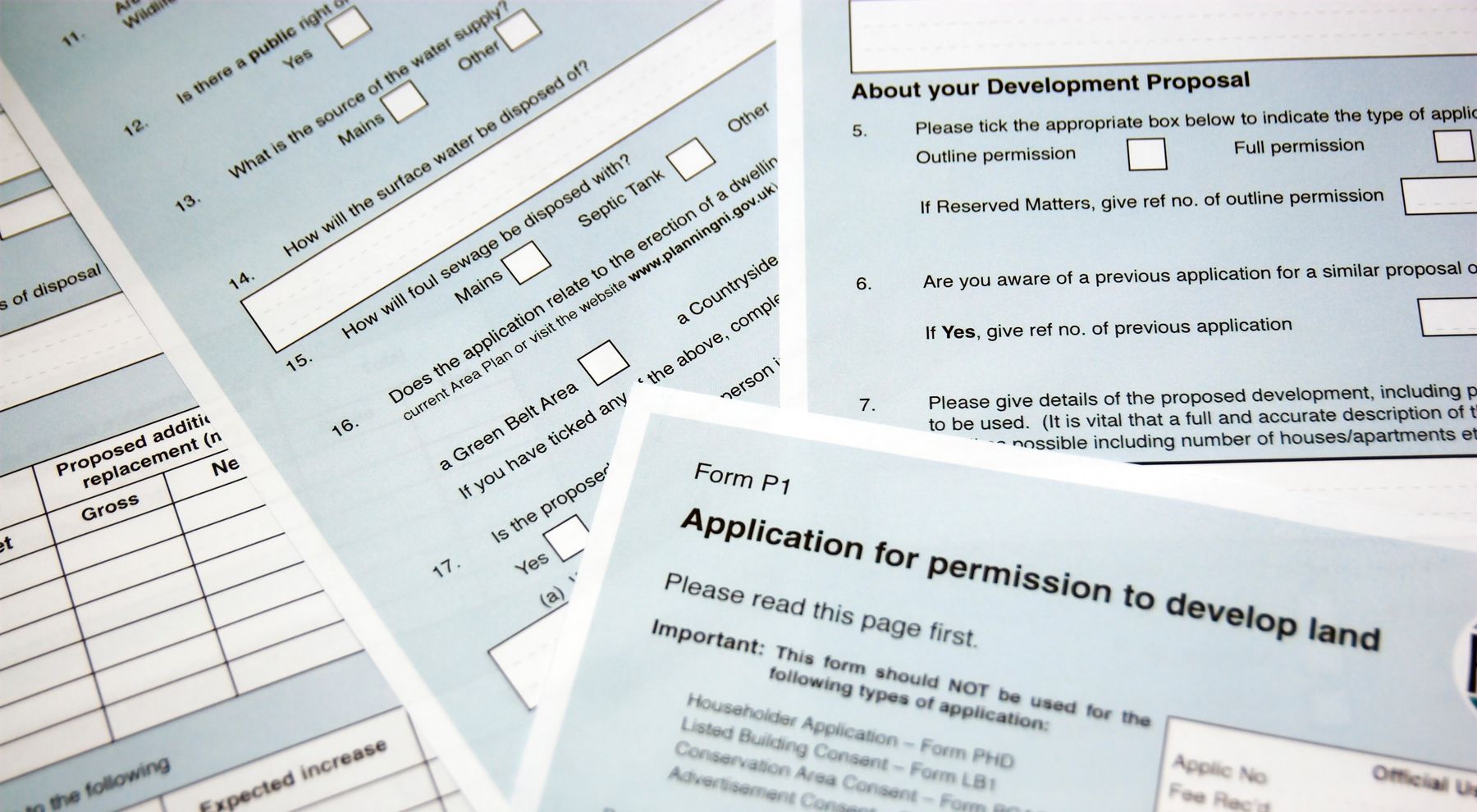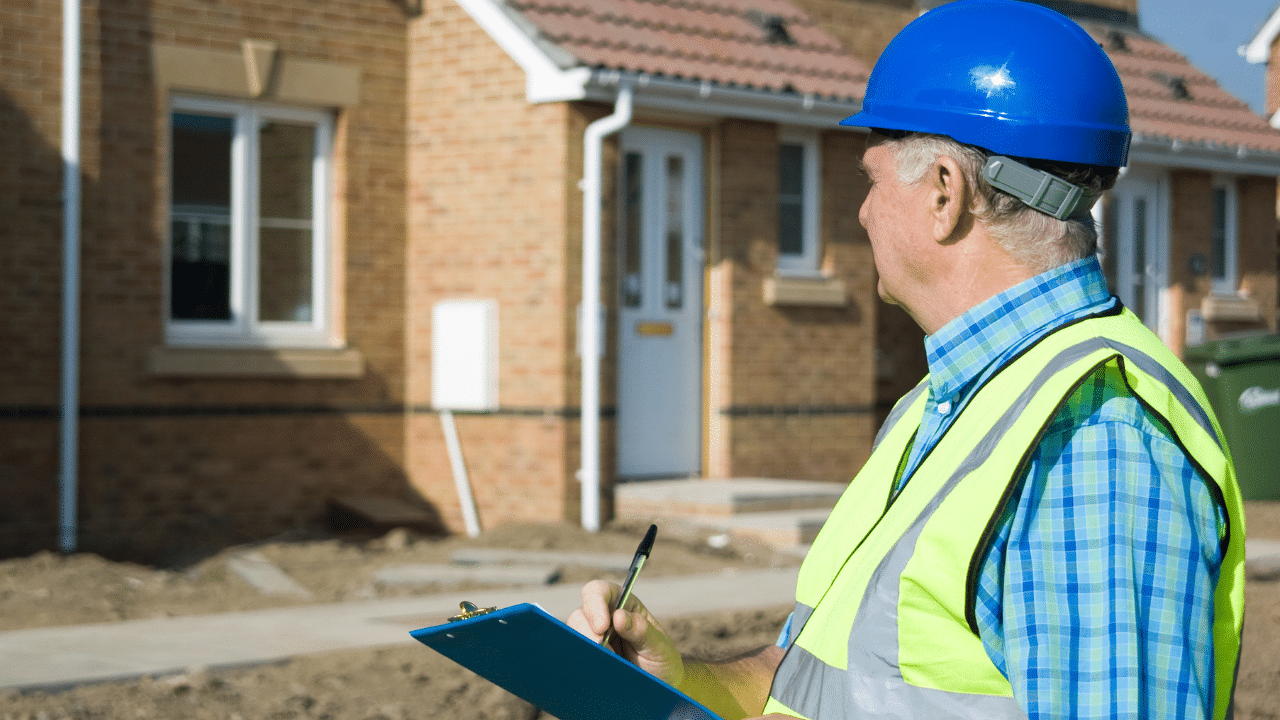What Is Listed Building Consent and Why Do I Need It?

Securing planning permission for listed buildings can be a complex process, as these properties are protected for their historical and architectural significance. Understanding the regulations and requirements is essential to prevent delays or rejections. In this blog post, we provide essential planning permission guidance to help you prepare your application and ensure your project complies with all necessary regulations.
What Is a Listed Building?
A listed building is one protected for its special historical or architectural significance. They fall into three categories: Grade I (buildings of exceptional interest), Grade II* (buildings of more than special interest and of particular importance) and Grade II (buildings of national importance).
Owning a listed building comes with specific responsibilities. These include needing a listed building consent before making internal and external alterations to your property. Failure to obtain consent can result in legal action, such as being required to reverse any unauthorised changes.
Listed Building Consent
Listed building consent is required for any work that alters the character of a listed building, including changes to windows, doors, roofing or architectural features. Applications should include detailed descriptions, drawings and photographs of the proposed work, as well as a heritage statement outlining the historical significance of the property.
Consulting with your LPA’s conservation officer during the early planning stages can be invaluable. They may offer insights on meeting your needs and the preservation requirements.
Planning Application Advice
Before submitting a planning application, it’s crucial to consult your local planning authority (LPA). They can provide planning application advice tailored to your property and its listed status. Most modifications, even minor ones, will require listed building consent, separate from standard planning permission.
Ensure your application is well-prepared, including detailed plans and a heritage impact assessment. These documents should demonstrate how your changes will preserve the building’s historic character. Accurate and thorough submissions increase the likelihood of approval.
Planning Permission Appeal
If your application is refused, you can file a planning permission appeal with the Planning Inspectorate. Rejections are often caused by concerns about the potential impact on the building’s historical integrity or insufficient details in the application.
Address any issues outlined in the refusal and consider improving your heritage assessment and adding additional supporting documentation. The appeal process can take several months, so it’s important to remain patient and ensure your application is well-supported with expert advice.
Planning Permission Guidance for Listed Buildings
Successfully securing planning permission or listed building consent requires careful preparation. To improve your chances, it’s important to consult professional advice. Early communication with your local planning authority (LPA) is essential to ensure you understand the specific permissions required for your property.
Preparing detailed applications, including comprehensive plans and heritage assessments, is crucial. While the process can be lengthy, patience and thorough preparation will improve your chances of success.
For expert planning permission guidance and planning application advice to help you secure the permission you need to conduct renovations to your listed property, get in touch with Simon Levy Associates.











